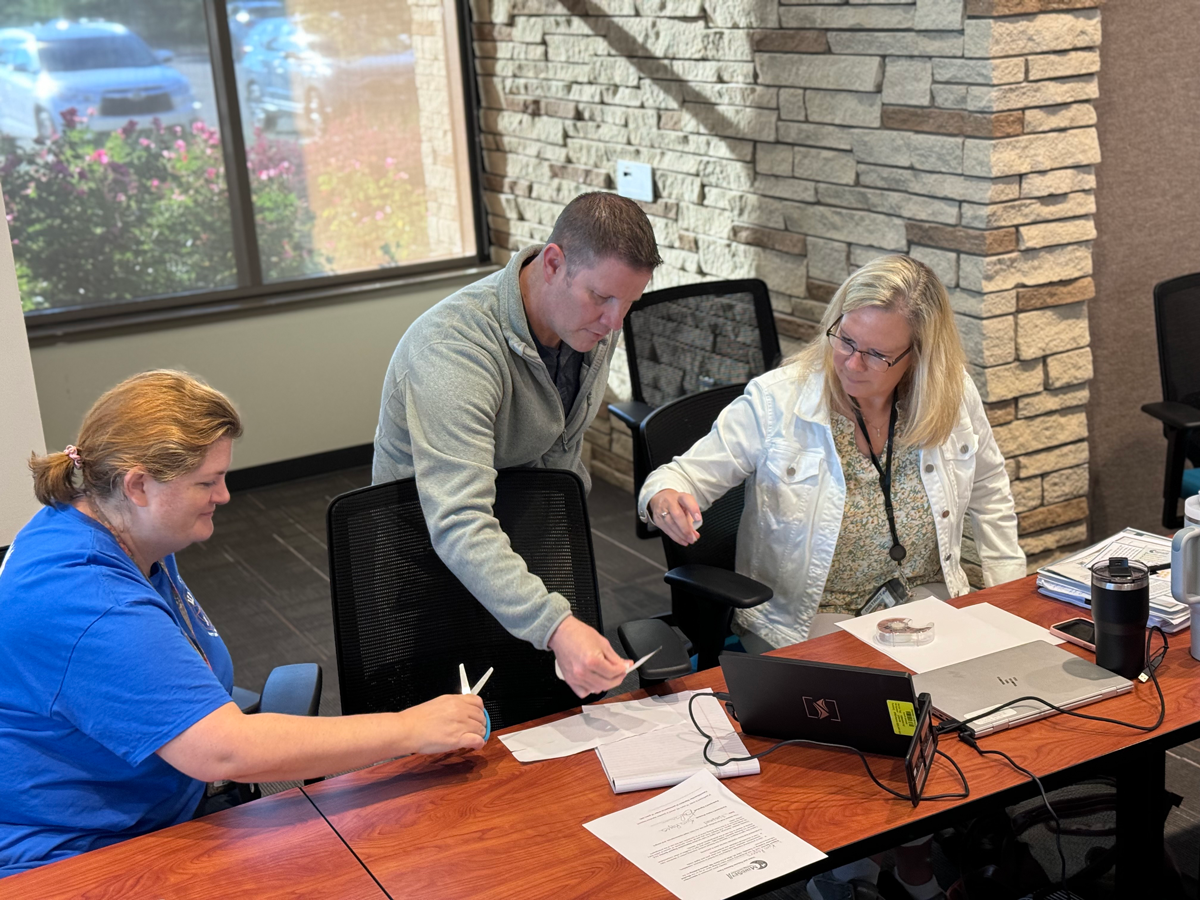Building Authentic, Intentional Connections in Times of Emotional Crisis

The Neuroscience of Connection
To fully appreciate the power of intentional connection, we need to look at the brain. When a person is in crisis, the brain’s fight-or-flight response is activated. This response is controlled by the amygdala, which governs our reactions to stress and perceived danger. In this state, logic and reason—managed by the prefrontal cortex—are often overwhelmed by raw emotion. The individual might act impulsively, aggressively, or shut down entirely.
However, when we make an intentional, authentic connection, we help the individual feel seen and understood. This feeling of being acknowledged can lower stress hormones like cortisol and stimulate the production of oxytocin, often called the “bonding hormone.” Oxytocin helps rebuild trust and emotional regulation, allowing the person to slowly regain control. By focusing on connection, we effectively bypass the brain’s alarm system and create a safe space for healing.
The Power of Authenticity in Crisis Moments
Practical Ways to Create Intentional Connections
So, how do we practice intentional connection? It starts with slowing down. In schools, families, and workplaces, the rush to meet deadlines or fulfill obligations can make it easy to overlook someone in distress. We need to prioritize the moment in front of us, especially when a person is struggling.
Here are a few strategies:
Practical Ways to Create Intentional Connections
So, how do we practice intentional connection? It starts with slowing down. In schools, families, and workplaces, the rush to meet deadlines or fulfill obligations can make it easy to overlook someone in distress. We need to prioritize the moment in front of us, especially when a person is struggling.
Here are a few strategies:
Active Listening: Listening is more than hearing words. It’s about understanding the emotions behind them. Resist the urge to offer solutions immediately. Instead, try paraphrasing what the person is saying to ensure they feel heard. Phrases like, “I hear that you’re feeling overwhelmed,” can open the door to deeper conversation.
Body Language: Your physical presence matters. Maintain eye contact, avoid crossing your arms, and lean slightly forward to show engagement. Physical gestures, like a gentle touch on the shoulder (if appropriate), can also convey compassion.
Empathy Over Sympathy: Sympathy is acknowledging someone’s pain from a distance, while empathy is stepping into their shoes and feeling alongside them. By expressing empathy, you validate their emotions without judgment. For instance, saying, “That sounds incredibly tough,” acknowledges their experience without minimizing it.
Avoiding Judgment: In moments of crisis, the last thing a person needs is judgment. Even if their behavior seems irrational or disruptive, recognize that it’s a symptom of their emotional state. Instead of saying, “You shouldn’t feel that way,” try, “I understand why you might feel that way in this situation.”
